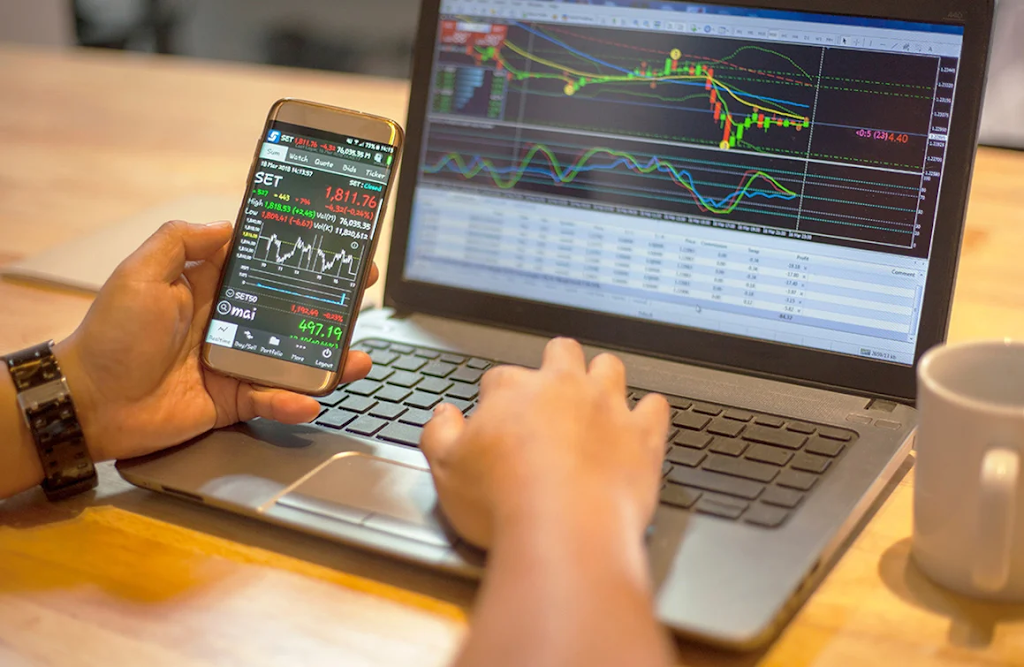Body language is a type of nonverbal communication wherein actual ways of behaving, like looks, signals, stance, and eye movement, are used to pass on messages. It tends to be used to convey feelings like happiness, sadness, outrage, dread, or love. It can likewise be used to convey more authentic information, such as by coughing, nodding, or shaking one’s head.
Body language is often used in relation to verbal communication. For example, an individual who is interested in what someone is talking about may gesture their head or incline forward. An individual who is bored or not interested may yawn or fold their arms.
Body language is a significant type of communication that can be used to convey feelings and intentions. It very well may be used to supplement verbal communication or to supplant it altogether.
1. What is body language?
Body language is nonverbal communication that happens through body movement and articulations. It is a significant type of communication, as it can pass on messages without the use of expressed words. Body language can uncover a ton about an individual’s contemplations and feelings and can be used to effectively impart
There is a wide range of types of body language, and it very well may be interpreted in different ways. For example, eye-to-eye connection can be used to convey interest, repugnance, or even aggression. An individual’s stance can likewise pass on a ton of information, like certainty or accommodation.
Body language is a powerful type of communication, and it is critical to know about its effect. It very well may be used to build rapport, lay out trust, and create a positive association with others. It can likewise be used to defuse what is happening or to send an unmistakable message without saying a word.
2. Different types of body language
There are various types of body language that can be used to impart Some of the most widely recognized types of body language include:
Looks: Looks are one of the most self-evident and significant types of body language. They can convey different feelings, from happiness and excitement to outrage and sadness.
Eye-to-eye connection: Eye-to-eye connection is one more significant type of body language. It tends to be used to communicate interest, outrage, or even love.
Signals: Motions are one more typical type of body language. They can be used to underline a point or to show agreement or disapproval.
Act: Stance is one more type of body language that can be very difficult to uncover. For example, someone who is standing up straight and looking straightforwardly at you is probably going to be sure, while someone who is slouching and averting their look is probably going to be modest or apprehensive.
Additionally, there are a lot more inconspicuous types of body language, for example, the way we position our feet or hands or the way we slant our heads. These different types of body language can be used to convey our considerations and feelings, even when we don’t let out the slightest peep.
3. How to read body language
At the point when you are trying to read someone’s body language, focusing on the context is significant. For example, on the off chance that you are trying to read someone’s body language, you will need to focus on whether they are alone or with others, what they are doing, and how they are standing or sitting. Assuming you are trying to read the body language of someone you know, you will need to focus on their looks and body language when they are talking to you.
One of the most significant things to focus on while reading body language is the individual’s eyes. The eyes can let you know a ton about what an individual is thinking or feeling. For example, assuming someone is looking at you and their eyes are totally open, they are probably interested in what you are talking about. Then again, assuming someone is looking at you and their eyes are restricted, they may be dubious or irate.
One more significant thing to focus on is the individual’s stance. The way an individual stands or sits can tell you a lot about their temperament. For example, on the off chance that someone is standing with their arms crossed, they may be feeling protective. On the other hand, assuming someone is sitting with their legs crossed and their hands in their lap, they may be feeling modest or apprehensive.
Finally, focusing on the individual’s looks is additionally significant. The way an individual looks can tell a lot about how they are feeling. For example, in the event that someone is smiling, they may be happy or amused. Then again, in the event that someone dislikes their face, they may be irate or upset.
By paying regard to the unique circumstances, the individual’s eyes, the individual’s stance, and the individual’s looks, you can get a good idea of what that individual is thinking or feeling.
4. How to use body language
At the point when we convey, we use words as well as body language. This nonverbal type of communication includes our stance, motions, looks, and eye-to-eye connection. It can likewise involve more private space, contact, and the use of articles.
Using the right body language can help us impart information more effectively and can make a big difference in how we are seen by others. It can convey certainty and authority, or, alternately, insecurity and uncertainty. It can make us appear more agreeable and approachable, or more far-off and unapproachable.
At the point when we know about the nonverbal prompts we are sending out, we can use them to our advantage in both individual and professional interactions. Here are some tips on how to effectively use body language:
Stand or sit up straight with your shoulders back to convey certainty.
Make an eye-to-eye connection with the individual you are talking to. This shows that you are interested in what they need to say and helps to build rapport.
Use motions to stress points you are making and to help express your thoughts. Avoid fidgeting and using closed body language, for example, by crossing your arms, which can make you appear to be guarded or uninterested.
Incline marginally when you are talking to someone to show that you have participated in the discussion.
Grin when appropriate to come across as amicable and open.
Use appropriate body language while giving a show or attending a meeting. For example, make sure you are facing the crowd and maintaining eye-to-eye contact.
Learn about the social differences in how body language is interpreted. For example, in some societies, it is considered impolite to make a direct eye-to-eye connection.
By using body language effectively, we can impart our contemplations and feelings more effectively and make a positive impact on everyone around us.
5. Body language in different societies
There is no single response with regards to how different societies view and interpret body language. All things considered, body language is basically as different as the people who use it. However, there are some broad examples and propensities that can be seen in how different societies convey through body language.
In Western societies, for example, it is normal to see people standing near one another while talking and to make eye-to-eye connections while speaking. This is viewed as a sign of regard and certainty. Conversely, in numerous Asian societies, it is considered discourteous to stand excessively near someone while talking, and people might avoid making eye-to-eye connections.
In Latin American societies, body language is often used to communicate feelings like happiness, sadness, outrage, or love. For example, someone could cry when they are sad or embrace and kiss someone when they are happy. Conversely, people in North America will generally communicate their feelings through words as opposed to body language.
Body language can likewise be used to impart information non-verbally. For example, people could shrug their shoulders to indicate that they don’t know the solution to an inquiry, or they could gesture their heads to indicate that they concur with what someone else has said.
Eventually, there is no right or incorrect way to use body language. It is only a question of understanding and respecting the differences between societies.
Body language is the way into a successful relationship.
In the event that you can read and comprehend the body language of your accomplice, you are well headed to a successful, long-lasting relationship. Successful couples know how to keep the lines of communication open, and they comprehend that body language is a powerful device.
Knowing how to read and interpret your accomplice’s body language will help you avoid misunderstandings and build a more grounded, intimate bond. In this way, whenever you’re feeling baffled by your accomplice, take a step back and see everything that their body may be trying to say to you.





